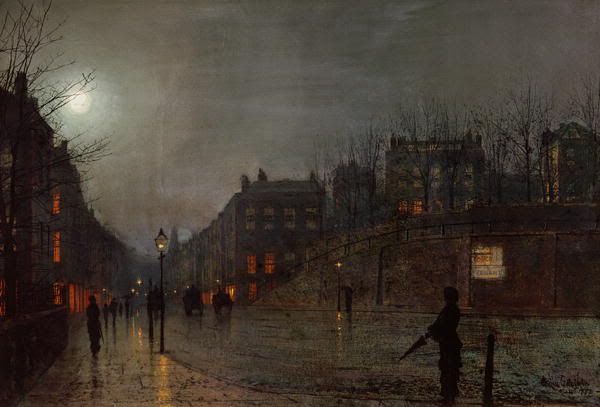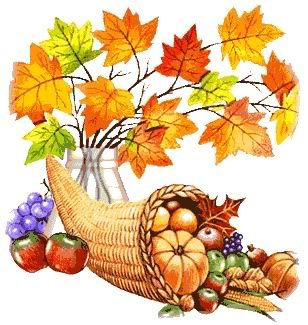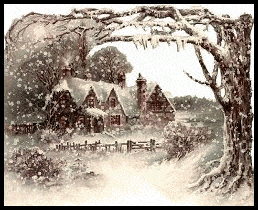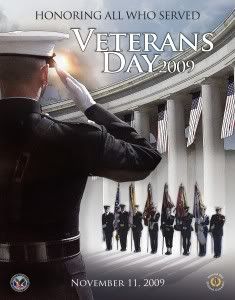The other evening an online acquaintance of mine was reminiscing about an uncle of his who holds a revered place in the history of country music outside Nashville circles, but who has never received his due from Nashville, where most of that history is written. That reminiscence reminded me of "the greatest songwriter you never heard of"—a man who likewise has yet to get his due from Nashville. I wrote about him in somewhat different form in a September 2008 blog post, and beg leave to write about him here.
On September 19, 2008, WBIR-TV, Channel 10 Knoxville anchor John Becker did a feature during their Live at Five broadcast about Arthur Q. Smith—to whom he referred as "the greatest songwriter you never heard of."
If you’re a fan of classic country music from the forties and fifties, though, you may recognize the names of some of the songs he wrote: "Wedding Bells", "I Overlooked an Orchid", "Rainbow at Midnight". Those are but three of thirty-five to fifty songs written by Arthur Q. Smith which are attributed to other writers.
Arthur Q. Smith was born James Arthur Pritchett in Griffin, Georgia, in 1909. From the 1930s to the 1950s he performed on Knoxville radio WNOX’s famed Midday Merry-Go-Round. The Merry-Go-Round, emceed for its entire run of some nineteen years by a DJ and promoter named Lowell Blanchard, was live music on East Tennessee’s airwaves. It was also a springboard for a number of performers who moved on to Nashville, legends in country music: Archie Campbell, Chet Atkins, Mother Maybelle and the Carter Sisters, the Louvin Brothers, Homer and Jethro, Don Gibson, the Everly Brothers, Carl Smith, Carl Story and the Rambling Mountaineers (one member was the mandolinist Red Rector), and many others.
When James Arthur Prichett joined the Merry-Go-Round, he adopted the stage name Arthur Q. Smith. The "Q" was probably added to distinguish him from "Fiddlin’" Arthur Smith and Arthur "Guitar Boogie" Smith, respectively a fiddler and an electric guitarist of the same era. Arthur Q. sang in a pleasant if occasionally faltering tenor reminiscent of the vocals of Hank Williams Sr.—good old basic hillbilly singing. And Arthur Q., like Ol’ Hank, was an excellent songwriter.
Tragically, he shared another trait with Ol’ Hank—he was hopelessly alcoholic.
At one time, there was a corner bar called The Three Feathers in Knoxville, not far from the WNOX studios. Arthur Q. and performers from the Merry-Go-Round would meet there after live shows. Arthur Q. would sit at the bar and write song lyrics on whatever paper was available, usually napkins. And some of those lyrics he sold for beer money.
"Wedding Bells" was one such. A hit for Hank Williams Sr. in 1949, it is credited to Claude Boone—which may be one source of rumors that Ol’ Hank bought songs. "I Overlooked an Orchid" is credited to Carl Story, Shirly Lynn, and Carl Smith. Carl Smith had a hit recording of that song in 1950. "Rainbow at Midnight" is credited to and was recorded by Ernest Tubb in 1946.
Buying songs was not an uncommon practice in the old days of country music (and for all I know, may still be very common). Webb Pierce, for example, who owned a song-publishing company and, for some fifteen years beginnning in the mid-1950s, was guaranteed to make a hit out of any song he chose to release, was notorious for telling songwriters he’d record their material if they’d "give him half of it"—i.e. share songwriting credit with him in exchange for him recording the number. Thus Pierce made money off the publishing, recording and writing of the song (most famously, perhaps, off Mel Tillis). Arthur Q. Smith made no such agreements. He literally sold all rights to his songs, usually for sums ranging from ten to twenty dollars—drinking money.
East Tennessee historian Bradley Reeves showed John Becker a receipt he found in Arthur Q. Smith’s papers (which are now held at the East Tennessee Historical Society as part of the Midday Merry-Go-Round’s archives), the only one found so far to document such a transaction. Dated December 15th, 1950, it shows that Don Gibson paid Arthur Q. fifteen dollars for a song called "Blue Million Tears." Allegedly this gave Gibson half the song, but apparently Arthur Q. never made another cent off it. There is some evidence to indicate that Arthur Q also wrote Gibson’s hit "I Can’t Stop Loving You", but documentation is sparse.
The one song Arthur Q. refused to part with was one he wrote about a Second World War soldier who returns after being listed as MIA to find that his fiancee, believing him dead, has married another man. "Missing in Action" was a hit in the 1950s for Ernest Tubb. It is credited to Arthur Q. Smith and Helen Kaye.
Poor businessman? Alcoholic who sold the songs that could have made him a name to be reckoned with in country music, as many another addict sells talent and soul? The most heartbreaking part of Arthur Q. Smith’s story is that so many people knew and used his weakness, and yet are celebrated in Nashville to this day, while his name is virtually forgotten outside his family and lovers of classic country and the Merry-Go-Round.
Harlan Howard, a great songwriter who was taken advantage of in the early days of his career, when he was young and desperate for money, wrote the song "Be Careful Who You Love (Arthur’s Song)" in honor of Arthur Q.
The old guitar picker had run out of liquor
So I sat down beside him and bought him a drink
I bought him another, and finally some color
Returned to his cheeks, and he said with a wink
Son I worked for Red Foley, knew Hank and Ol’ Lefty
I worked on the Opry back when I was strong
But in showbiz you know sometimes it gets slow
So you buy us another and I’ll sing you a song. . .
Be careful who you love. . .
Arthur Q. Smith, songwriter extraordinaire, died at the age of fifty-four on March 21st, 1963. At the time of his death, he had seven cents in his pocket.
There are thousands of stories out there, like my acquaintance’s uncle and Arthur Q., of people who were significant in the past history of country music but whom Nashville chooses to ignore or downplay in documenting its own admittedly illustrious story. It’s up to people outside Nashville to keep that other history alive—and to nag hell out of Nashville, until recognition comes. It can be a long lonely job.










